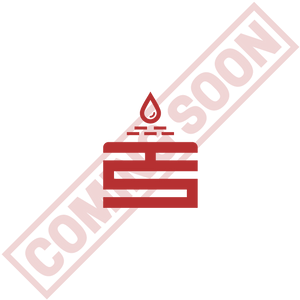Skip to product grid
-
Sold out

Sweep Off Absorbents
Regular price $0.00Regular price
There are many ways to clean up a spill. TRADESAFE’s sweep-off absorbents give you an option that’s easier to clean up and does not have to involve pads and pillows that can grow heavy and unwieldy once saturated.
Once these absorbents have soaked up enough liquid, you’ll be able to simply sweep them away and dispose of them in a plastic bag. You won’t have to come into close contact with the material or any liquid that it has absorbed.

